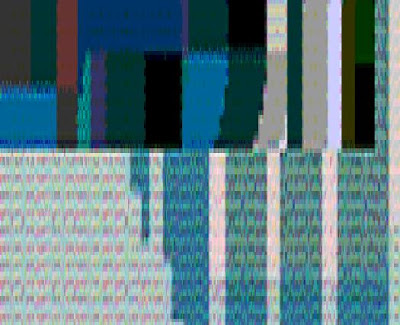I did the basics; introduced multiple oscillators and gave each one a volume, pitch, filter envelope.
Had an extra fun time by putting summing the individual volumes, and using that as a divider on the end signal to keep it from going to far over 1 (except for those nasty filter squelches)
Then gave the envelopes a negative potential as well..
This caused me to spend a while on neatening up the filter envelope - as the filter cutoff has particular tendencies to bug out when too high or low.. this was one of my extra fun times :) giving it a changing gradient as it got closer to 20.
I also had a bit of fun with polyphonising the whole thing..
I was using mulitple UI's to keep it a reasonable size, and the master UI would call up the individual oscillator UI at request.. however when the whole thing was polyphonised, I would get a UI for each polyphony voice. ie lots..
So this image below is the inside of one oscillator.
I had four of these, and each was polyphonised, and then inside another group.

But by polyphonising in this way had other problems. When I would unpolyphonise so as to edit, the master UI button would disappear - so I would have to replace it.
Here is the 'voice' UI.

Picture of the sound.
All computer game noises this week.

GOOD NEWS
audio is now uploaded !!
http://www.esnips.com/doc/dbde5811-85da-4966-b23d-674c8d6c7433/week09_addSynth
Haines, Christian. Audio Arts week 10 lecture. University of Adelaide, 09 October 2007.
p124 - 126. "Spectral Modeling Techniques". Miranda, Eduardo. 1998, Computer Sound
Synthesis for the Electronic Musician, Focal Press.
Reid, Gordon 2000, Synth Secrets - Part 14: An Introduction to Additive Synthesis,
Sound on Sound.

1 comment:
Whacky stuff, Keep up the excess and experimenting. Yes, you did get excited but easy to do with Plogue, it's addictive and a bit like that. Shame about audio.
Post a Comment